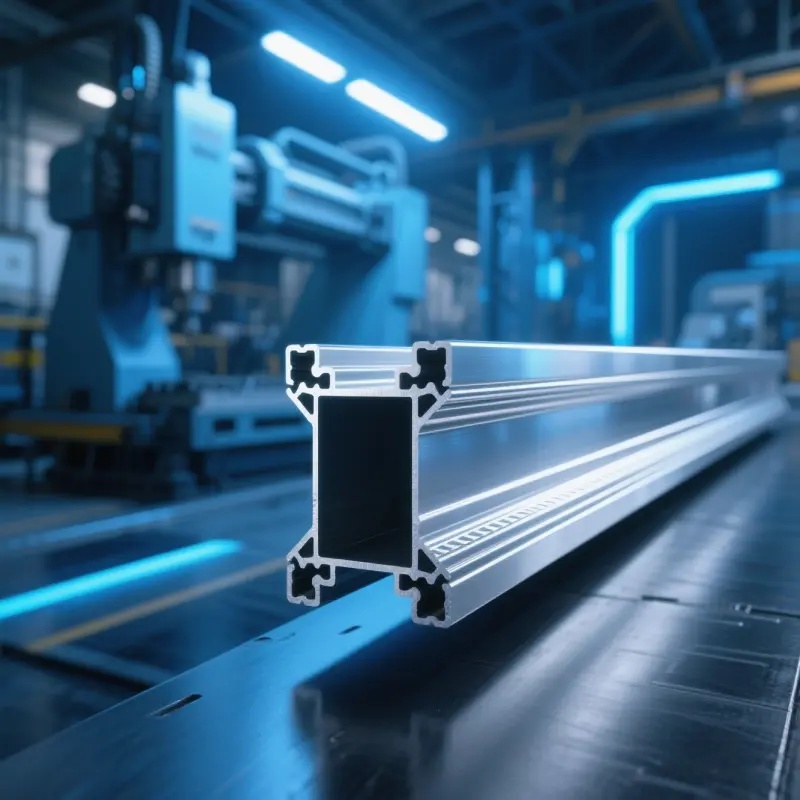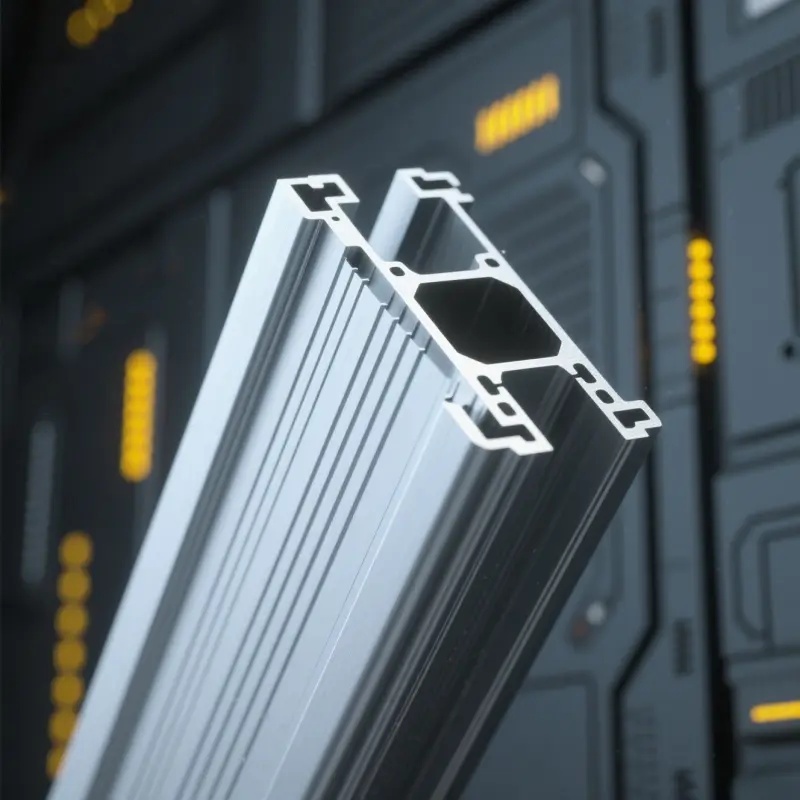
Aluminum Hydroxide Formula: Key Properties You Must Know What Is the Aluminum Hydroxide Formula? Defining the Compound When you see the term aluminum hydroxide formula, you might wonder, "What exactly is this substance, and why is it so important?" The answer is refreshingly straightforward: aluminum hydroxide is a common inorganic compound with the chemical formula Al(OH)3. This formula tells us that each molecule is made up of one aluminum atom (Al) and three hydroxide groups (OH). So, what is the formula for aluminum hydroxide? It's simply Al(OH)3. You might also see it referred to as aluminium hydroxide formula in some contexts, especially outside the United States, or even as al al oh 3 in shorthand notation. The al oh 3 compound name is officially "aluminum hydroxide," but in scientific circles, it can also be called aluminic hydroxide or aluminum(III) hydroxide. In nature, aluminum hydroxide appears most commonly as the mineral gibbsite, which forms in lateritic soils and bauxite deposits. Visually, you'll notice it as a white, amorphous powder—meaning it doesn’t have a defined crystal shape and looks somewhat like chalk or talc. If you’re curious about its texture or practical uses, imagine a fine powder that’s insoluble in water but surprisingly reactive in other scenarios. Insoluble in water: This means it won’t dissolve if you stir it into a glass of water. Soluble in acids and alkalis: It reacts with both strong acids and strong bases, a property known as amphoterism. This amphoteric nature is what makes aluminum hydroxide so versatile. It can act as either an acid or a base depending on its environment, which is key to its roles in medicine, industry, and environmental science. If you ever see the formula for aluminum hydroxide on a product label or in a chemistry textbook, you’ll now know exactly what it means—and why the al oh 3 compound name is so widely recognized in both science and industry. For a deeper dive into its structure and properties, you can explore resources like BYJU'S Chemistry or Study.com, which offer additional context on this essential compound. Decoding the Al(OH)3 Chemical Formula The Aluminum Cation (Al3+) When you look at the aluminum hydroxide formula—Al(OH)3—you might wonder what makes up this compound at the atomic level. To answer that, let’s start by breaking down the ions involved. The name of aluminum ion is simply “aluminum ion,” and it carries a +3 charge, written as Al3+. But how does it get this charge? Imagine an aluminum atom. It naturally has three electrons in its outer shell. When it forms an ion, it loses those three electrons, becoming positively charged. This process creates the Al3+ cation. In the context of naming binary ionic compounds, this is a classic example: a metal (aluminum) forms a positive ion by losing electrons, setting the stage for ionic bonding. The Hydroxide Anion (OH−) On the flip side, the other key player is the hydroxide ion. The oh name chemistry refers to the “hydr...
Read More
Aluminum Sulfate: The Unseen Chemical in Your Daily Life What Is Aluminum Sulfate? What Exactly is Aluminum Sulfate? Ever wondered how your tap water stays crystal clear, or why some plants thrive in certain soils? The answer often traces back to a versatile compound known as aluminum sulfate. Sounds complex? Let’s break it down. Aluminum sulfate is a chemical substance widely used behind the scenes in everyday life, from water purification to paper production and even gardening. So, what is aluminum sulfate? At its core, it’s an inorganic salt made up of aluminum, sulfur, and oxygen atoms. Its chemical formula is Al2(SO4)3, sometimes written as Al2S3O12. In its pure state, you’ll notice it appears as a white, crystalline solid—sometimes as granules or powder. This clean, lustrous appearance makes it easy to identify in industrial settings. Common Names and Chemical Formula You might hear aluminum sulfate called by other names, especially in industry. The most common is simply “alum,” though technically, “alum” can refer to a family of double sulfate salts. Other names include al sulphate (British spelling) and “papermaker’s alum.” Its systematic chemical name, based on its formula, is al2 so4 3 name—a shorthand for its composition. Aluminum sulfate’s primary function is as a flocculating agent—it helps tiny particles in water clump together so they can be removed, making water safer and clearer for use. But aluminum sulfate uses go far beyond water treatment. It’s a key ingredient in making high-quality paper, helps set dyes in textiles, and is even used in gardening to adjust soil acidity. Its importance in these industries is due to its unique ability to interact with other materials, making it a true workhorse in chemical applications. In summary, aluminum sulfate—whether you call it alum, al sulphate, or by its chemical formula—plays a silent but essential role in keeping our water clean, our paper strong, and our plants healthy. Chemical Properties and Molar Mass Explained Key Chemical Characteristics When you picture a chemical that quietly shapes everything from clear water to crisp paper, aluminum sulfate fits the bill. But what makes it so effective? Let’s break down its main chemical and physical properties. Understanding these details helps explain why this compound is so widely used in industry and daily life. Property Details Chemical Formula Al2(SO4)3 Molar Mass 342.15 g/mol Appearance (Alum Color) White crystalline solid (granules or powder); colorless in solution Density 2.67 g/cm³ (solid); 1.09 g/mL (liquid solution) Solubility in Water Very easily soluble pH of Solution 2.5–3.5 (acidic) Calculating Molar Mass and Weight Ever wondered how scientists determine the aluminum sulfate molar mass? The process is straightforward: add up the atomic masses of all the atoms in its formula. For Al2(SO4)3, this means combining the mass of 2 aluminum atoms, 3 sulfur atoms, and 12 oxygen atoms. The result is a molecular mass of al2so43—also c...
Read More
8 Essential Points to Know Before Buying Aluminum Pans Why Aluminum Pans Are a Kitchen Staple Ever wondered why almost every kitchen—whether at home, in a bustling restaurant, or at your favorite catered event—has at least one aluminum pan? The answer is simple: versatility and performance. From lightweight foil pans used at family gatherings to the robust aluminum tray in a professional chef’s arsenal, these pans have become a go-to for cooks everywhere. But whats an aluminum pan really, and why do so many people rely on them for everyday cooking? Imagine prepping a big batch of brownies for a bake sale or roasting vegetables for dinner. Chances are, you’ll reach for an aluminum pan. Their popularity isn’t just a trend—it’s rooted in real, practical benefits. Aluminum’s exceptional heat conductivity means your food cooks evenly, helping you avoid those dreaded burnt edges or undercooked centers. Plus, their light weight makes them easy to handle, whether you’re sliding a tray of cookies in the oven or serving up a casserole at a party. Cost is another factor that can’t be ignored. Compared to other materials, aluminum pans are typically more affordable, making them accessible for everyone—from home bakers to large-scale caterers. And with aluminum pans for baking and aluminum plates for food available in countless sizes and styles, there’s truly an option for every recipe and occasion. Key Benefits at a Glance Superior heat conductivity: Ensures fast, even cooking and baking results. Lightweight design: Easy to lift, carry, and maneuver—ideal for both home cooks and professionals. Affordability: Budget-friendly for everyday use or large events. Versatility: Suitable for a wide range of tasks, from baking cakes to roasting meats and serving food at events. Variety: Available in forms like foil pans, disposable trays, and high-end professional cookware. Recyclability: Many pans are recyclable, contributing to sustainable kitchen practices. Throughout this guide, you’ll discover everything you need to know about choosing, using, and caring for aluminum pans—ensuring you get the most from this kitchen essential without any guesswork. Whether you’re curious about the best aluminum pans for baking or want to understand the safety of aluminum plates for food, we’ll break it all down so you can cook with confidence. A Guide to Aluminum Pan Types When you think of aluminum cookware, do you picture only those disposable foil trays at parties? The world of aluminum pans is much broader—and smarter—than that. If you’ve ever wondered about the difference between a shiny anodized aluminium pan and a classic cast aluminum skillet, you’re not alone. Let’s break down the three main types of aluminum cookware you’ll encounter, so you can confidently choose the right one for your kitchen. Cast Aluminum Cast aluminum pans start with molten aluminum poured into molds, resulting in thick, sturdy cookware. Imagine a pan that feels solid in your hand yet isn’t as heavy...
Read More
The #1 Mistake to Avoid When Buying an Aluminum Fence Why Choose an Aluminum Fence in 2025 When you picture the ideal fence for your property, what comes to mind? Maybe you want something that looks stylish, lasts for years, and doesn’t eat up your weekends with constant upkeep. If so, you’re not alone—property owners in 2025 are increasingly turning to aluminum fencing as the go-to solution for both residential and commercial spaces. Aluminum fences offer a unique combination of strength, elegance, and virtually zero maintenance, making them a top choice for property owners in 2025. An Introduction to Your Fencing Solution So, what sets an aluminum fence apart from the rest? At its core, this type of fencing is made from high-grade aluminum—a metal prized for its light weight, corrosion resistance, and adaptability. Unlike traditional wood, which can warp or rot, or wrought iron, which may rust and require frequent painting, aluminum stands strong against the elements. This makes it an outstanding option for anyone who wants a fence that looks as good in year ten as it did on day one. The Rise of Aluminum Fencing in Modern Design Why has aluminum fencing become so popular? For starters, its clean lines and customizable designs fit seamlessly with both modern and classic architecture. Whether you’re enclosing a backyard, securing a business, or defining a pool area, you’ll notice that aluminum fencing adapts effortlessly to your needs. Plus, with the growing demand for sustainable building materials, aluminum’s 100% recyclability makes it a smart, eco-friendly choice. Imagine installing a fence that doesn’t require scraping, repainting, or replacing after every harsh winter or humid summer. That’s the reality with today’s aluminum fence options. And with major suppliers offering a wide range of colors, finishes, and accessories, your fence can be as unique as your property. Benefits: Durability, low maintenance, and aesthetic flexibility. Styles: From classic picket to sleek modern panels. Costs: Upfront investment with long-term savings. Material Sourcing: Choosing the right supplier for quality and reliability. Over the next sections, we’ll dive into each of these topics—so you can make an informed decision and avoid the #1 mistake many buyers make with alluminum fence or aluminun fence purchases. Ready to discover why aluminum fencing is the future of metal fencing? Let’s get started. The Core Benefits of Aluminum Fencing When you’re weighing your options for a new fence, it’s easy to get lost in the details. Is it really worth paying more upfront? Will it stand up to your climate, your pets, or the test of time? Let’s break down exactly why choosing an aluminum fence is a decision you—and your property—will appreciate for years to come. Unmatched Durability and Weather Resistance Imagine living near the coast, where salty air and humidity cause wood to rot and metal to rust. With an aluminum fence, these worries fade away. Aluminum’s natural ...
Read More
Is Your Aluminum Foil Leaching? The Cooking Safety Debate What Is Aluminum Foil Really? Open almost any kitchen drawer and you’ll find a familiar roll of shiny, flexible metal—what most of us call aluminum foil. But have you ever wondered, what is aluminum foil really, and how did it become such a staple in our homes? From Tin Foil to a Kitchen Staple Today’s kitchen foil is actually made from aluminum, not tin—despite the common habit of calling it "tin foil." This confusion dates back to the late 19th and early 20th centuries, when real tin foil was the standard for wrapping food and even used for early audio recordings and dental fillings. Tin foil was less malleable and sometimes left a metallic taste behind, which led to the search for a better alternative. Did you know? The first commercial aluminum foil rolling plant opened in Switzerland in 1910, and by 1911, iconic brands like Toblerone were already using it to wrap chocolate bars. This marked the start of aluminum foil’s rise to global kitchen fame. [Source] So, when was tin foil invented? Tin foil dates back to the late 18th century, but it was phased out after World War II when aluminum became more affordable and widely available. If you’re wondering, can you still buy tin foil? The answer is: not really. While you might find specialty "foil paper" made from tin for niche uses, nearly all "kitchen foil" sold today is made from aluminum due to its superior properties and lower cost. What Exactly Is In Your Kitchen Drawer? Aluminum foil—sometimes labeled as aluminium aluminium foil in other countries—is a thin sheet of pure aluminum, typically less than 0.2 mm thick. It’s prized for its flexibility, ability to form a tight seal, and resistance to light, moisture, and odors. Whether you use it for roasting, baking, or storing leftovers, this everyday product is the result of over a century of innovation and material science. In the next section, we’ll explore how this seemingly simple kitchen staple is made and what makes it so uniquely suited for modern cooking. The Science and Production of Foil Ever wondered how a roll of kitchen foil transforms from raw earth to the gleaming sheet in your drawer? The journey of aluminum foil material is a fascinating blend of geology, chemistry, and precision engineering. Let’s break down how aluminum foil is made and why its properties make it so indispensable in the kitchen and beyond. How Aluminum Foil Is Made The story begins with bauxite, a reddish ore found close to the earth’s surface. Mining bauxite is straightforward—after removing the topsoil, large machines extract the ore, which is then transported to processing plants. Here’s what happens next: Refining: The bauxite is refined using the Bayer process, which removes impurities and yields a fine white powder called aluminum oxide. Smelting: This aluminum oxide is then heated and subjected to an electrical current (the Hall-Héroult process), separating pure molten aluminum from oxygen and o...
Read More online service
online service 0086 136 3563 2360
0086 136 3563 2360 sales@sxalu.com
sales@sxalu.com +86 136 3563 2360
+86 136 3563 2360